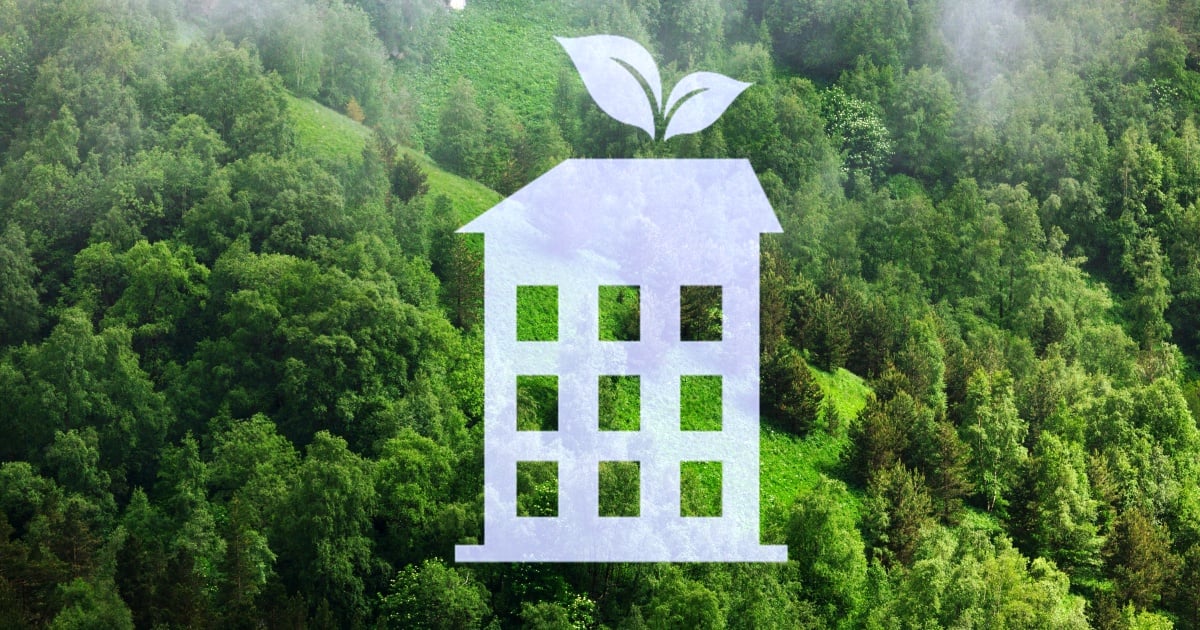
According to a recent announcement, the Chartis Group, a healthcare advisory and analytics firm, and Kythera Labs, have partnered on the Telehealth Adoption Tracker, an analytic tool reportedly designed to measure how COVID-19 has driven rapid telehealth adoption across the country.
Analysis of physician visit data through the week of July 20 showed a growing telehealth adoption divide between urban and rural areas, according to the report. Urban residents used telehealth for primary care visits at a 28 percent higher rate than those in rural geographies.
“Telehealth has the potential to democratize access to healthcare,” said Eric Mayeda, Director at “The Chartis Group. “However, our analysis shows that realizing these benefits will not occur automatically. Planning and coordination between policy makers, providers and technology companies will be needed to realize its potential to enhance access for all populations.”
The urban and rural telehealth divide is pronounced and shows signs of widening. Rates of telehealth use in urban areas have exceeded those in rural geographies since the beginning of the pandemic. The telehealth adoption rate for primary care visits was 28 percent higher in urban geographies than rural ones in the most recent week of data. While overall telehealth adoption has stabilized recently, the urban-rural telehealth divide has widened since the early weeks of the pandemic—up from an 18 percent differential during the peak telehealth adoption weeks in mid-April.
Telehealth adoption rates within COVID-19 "hotspot" states rose. The percent of physician visits delivered via telehealth increased in states that experienced the biggest spikes in COVID-19 cases from mid-June through mid-July. Florida (21 percent), Texas (23 percent), and Arizona (21 percent) saw telehealth use increase by 4-6 points since mid-June and each state now sits above the national telehealth average.
Meanwhile, national telehealth use has stabilized. Telehealth made up 18 percent of all physician visits during the week beginning July 20th. This is the sixth straight week that telehealth rates have remained between 18-20 percent of all visits—well down from a peak of 50 percent in mid-April—indicating that this range may represent a new normal during the COVID-19 period and under the current telehealth regulatory and reimbursement rules.
For the full report: https://reports.chartis.com/telehealth_trends_and_implications-aug2020/
Ken Briodagh is a storyteller, writer and editor with about two decades of experience under his belt. He is in love with technology and if he had his druthers would beta test everything from shoe phones to flying cars.Edited by
Ken Briodagh





